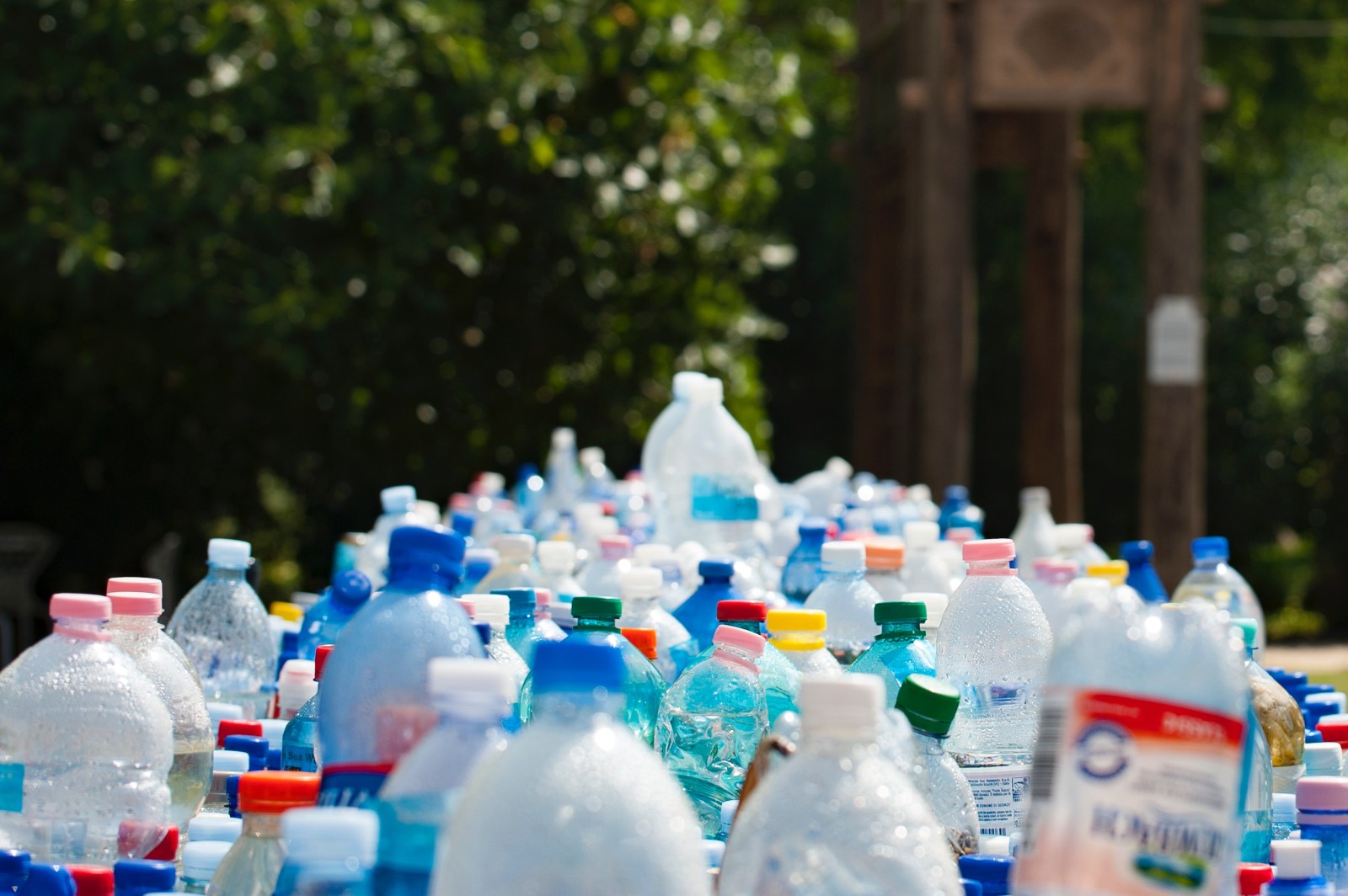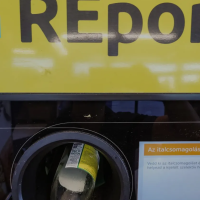(The story of) Denmark’s transition from incineration to Zero Waste

Denmark radically changes its current incineration based waste management policy
Although Denmark is perceived to be a green country, it is not so widely known that the waste management system of Denmark is based on incinerating waste. Denmark is one of EU countries that generate more waste per capita, and is world leader in incineration of household waste, burning 80% of it. Most household waste is not separately collected, and recycling rates are as low as 22%. Most organic waste, which is 90% water, ends up in incinerators. For long it was an economic interest to keep the level of waste production high, and not to strive for the reduction of waste, since 20% of heat production and 5% of electricity in Denmark are generated from waste incineration. The country is in an economically motivated vicious circle, leading towards unsustainable directions. The situation can be well depicted with the extreme example that due to the overcapacity of installed power between the waste incineration and large combustion plants in the coldest months of the year the windmills are stopped despite the strong winds, only to give priority to the thermal installations due to the need of heat.
But now Denmark took on becoming independent from fossil fuel by 2050, and this will mean having to close down all polluting power plants by then, including of course the waste-to-energy incinerators. Although this will not be an easy task due to the strong link between waste and energy in Denmark, if the transition succeeds it will bring multiple benefits both from environmental, social and economic aspects as well.
The full article can be downloaded from the website of Zero Waste Europe together with the new waste management plan of the country called “Denmark without waste”.
Source:
Zero Waste Europe






